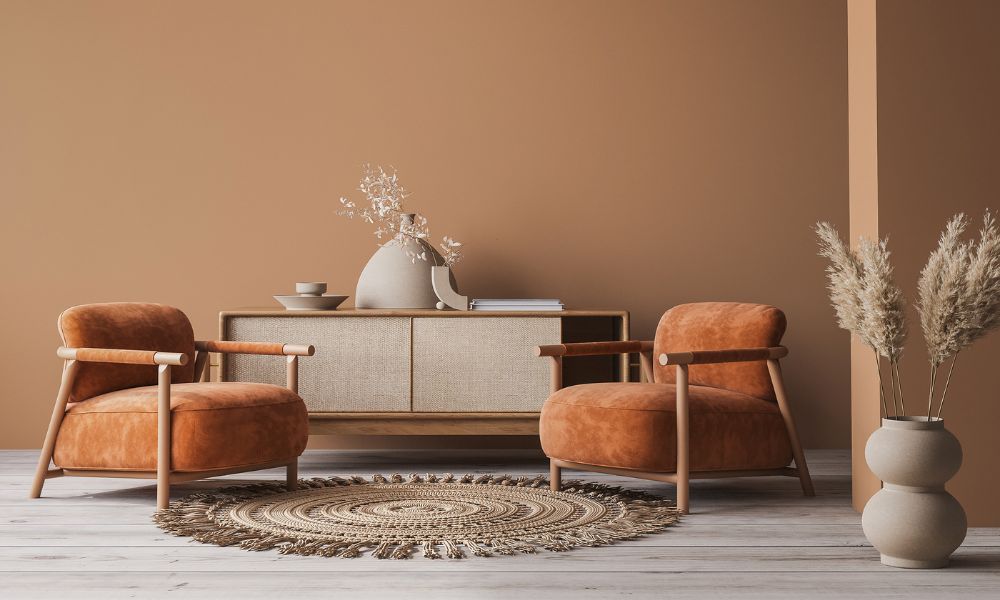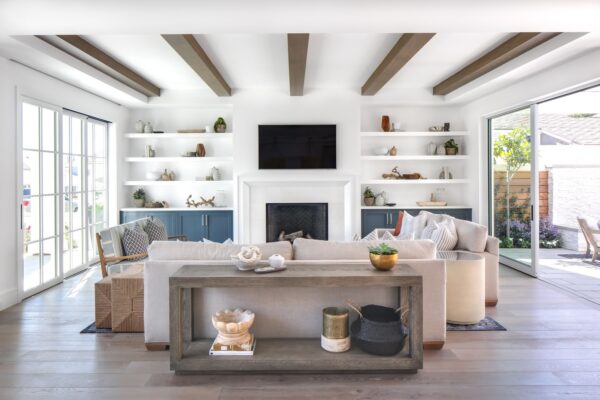
Furniture is not just a functional item in a home but also an integral part of its aesthetics. The furniture design has the power to transform a space into a beautiful and functional living area. In this article, we will explore the impact of furniture design on overall home aesthetics and functionality.
Aesthetics
The furniture design can enhance the overall aesthetic of a room. A well-designed piece of furniture can create a focal point in a room or add to the existing style. For example, a modern sofa can add a contemporary touch to a traditional living room, whereas a vintage chair can add a touch of nostalgia to a modern space.
The color, shape, and texture of furniture also play a significant role in the overall aesthetic of a home. A bold-colored sofa or a patterned rug can add a pop of color to a neutral space, while a sleek, minimalistic design can create a sense of space and airiness in a small room.
Functionality
Furniture design also affects the functionality of a space. A well-designed piece of furniture can maximize the use of space and provide storage solutions. For example, a bed with built-in drawers or a coffee table with hidden storage can help keep a room clutter-free and organized.
The design of furniture can also affect how comfortable and practical it is to use. For example, a chair with a high backrest and armrests can provide better support and comfort for extended periods of sitting, while a foldable table can be easily stored away when not in use.

Balance
The key to achieving a beautiful and functional space is to find a balance between aesthetics and functionality. Furniture design should be both visually appealing and practical. Aesthetics should not be compromised for functionality, and vice versa.
When choosing furniture, it is important to consider the overall style and feel of the home. The furniture should complement the existing décor and enhance the overall aesthetic. At the same time, furniture should be selected based on the needs and lifestyle of the occupants. For example, a family with young children may opt for furniture that is durable and easy to clean, while a single person may prioritize style and design over functionality.
Furniture design plays a vital role in the overall aesthetics and functionality of a home. The design of furniture can enhance the style of a room, maximize space utilization, and provide practical solutions for everyday living. When choosing furniture, it is important to find a balance between aesthetics and functionality to create a beautiful and functional space that meets the needs and lifestyle of the occupants.
